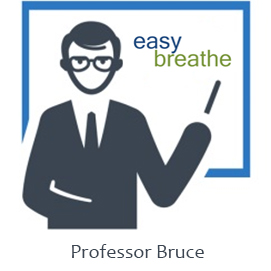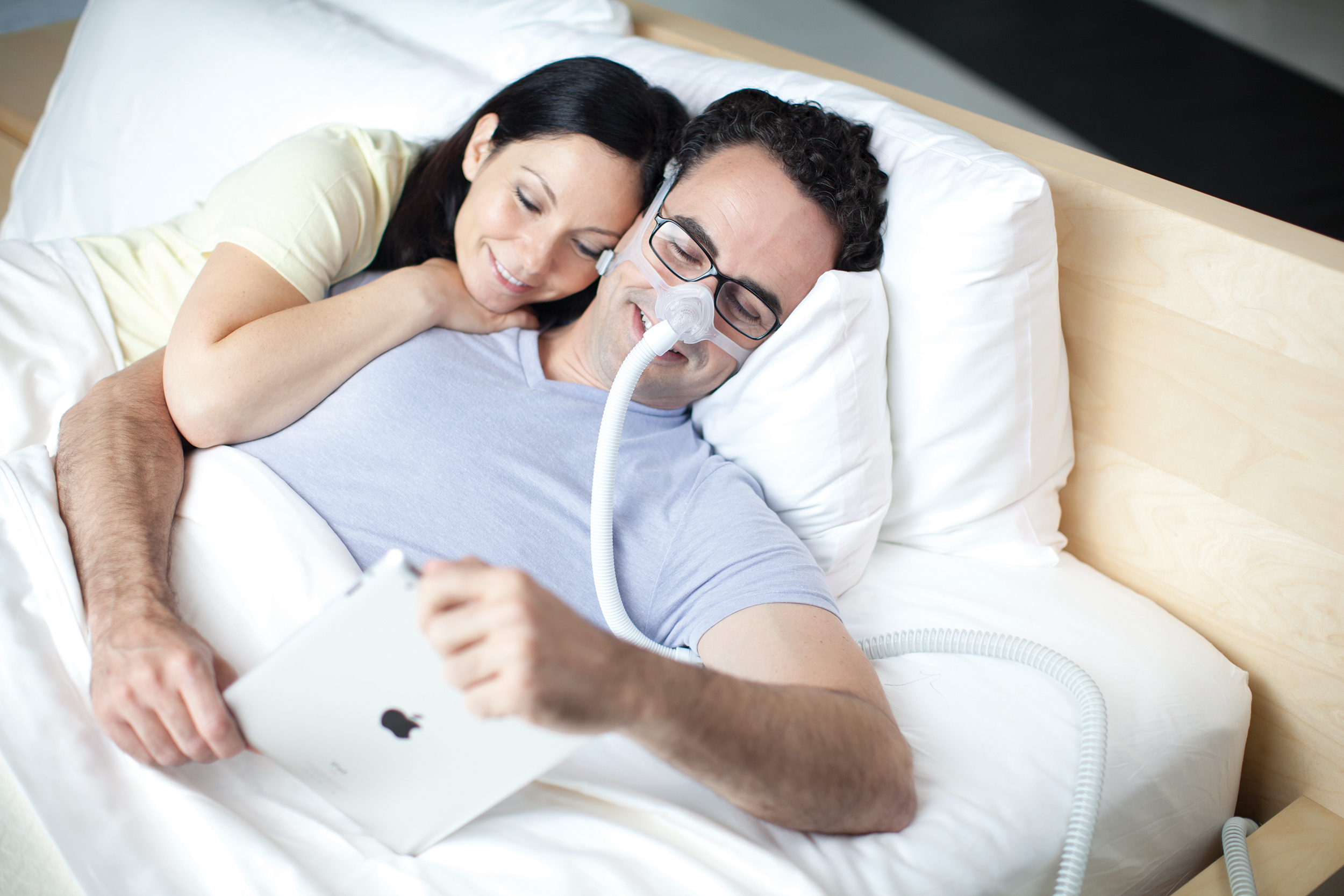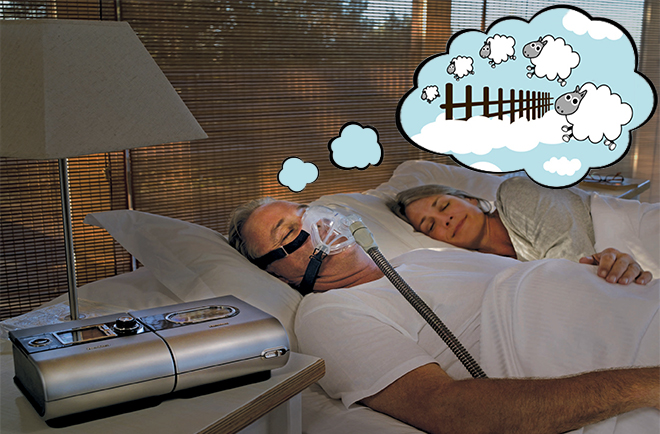 In my day job, I study the brain – it is a fascinating organ with an incredible amount of abilities. Did you know that there are over 100 billion neurons in the brain? To put that in perspective – there are a little over 100 billion galaxies in the observable universe. All those neurons in our brain give us an incredible knack for adapting to almost anything – no matter how mind-boggling. You know that saying, mind over matter? – A soupçon of that old adage holds some water. I’ve even written books about the brain, so I know a thing or two about how well the brain can adapt, assimilate and manipulate information. When it comes to getting used to CPAP therapy, we really need to call on our brains for its amazing powers.
In my day job, I study the brain – it is a fascinating organ with an incredible amount of abilities. Did you know that there are over 100 billion neurons in the brain? To put that in perspective – there are a little over 100 billion galaxies in the observable universe. All those neurons in our brain give us an incredible knack for adapting to almost anything – no matter how mind-boggling. You know that saying, mind over matter? – A soupçon of that old adage holds some water. I’ve even written books about the brain, so I know a thing or two about how well the brain can adapt, assimilate and manipulate information. When it comes to getting used to CPAP therapy, we really need to call on our brains for its amazing powers.
The simple fact is that some people can start off undergoing CPAP treatment with no problem at all, but for other people it can be a lot more challenging. When you first start undergoing treatment, your brain will look at your CPAP mask like it walked into the wrong birthday party and will immediately try to kick it out. However, some people use their – you guessed it – brain to override this feeling by imagining situations wherein it would be normal to be wearing a CPAP mask. If you imagine yourself in more pleasant scenarios – wearing a scuba mask in warm water as tropical fish swim by or a catcher’s mask in the middle of a baseball game on a sunny day – it can be a lot easier to fall asleep. For the other contingent, however, it can take several uncomfortable weeks to get used to wearing a CPAP mask. Many people often give up before CPAP treatment actually starts to work its wonders. This is the reason why it is so important to find a few strategies that can help make it easier.
Think of all the reasons why it is so vital to get a good night of sleep
You can start this process by having a little one on one – with your self. You can use your brain – again – and think of all the reasons why it is so vital to get a good night of sleep. You may even want to get really deep and take out a notebook. Perhaps you want to be healthy enough to walk your daughter down the aisle at her wedding or maybe you’d like to see a grandchild graduate from college. You can then ask yourself: what is more important – feeling uncomfortable or having your life and health back?
CPAP Exposure Therapy
Another strategy involves taking steps – some people call them “baby steps” others call it CPAP exposure therapy, which is proven to improve compliance. You can start off by putting on that mask, maybe a Wisp Nasal Mask, committing yourself to two hours of CPAP treatment a night and then step up as you feel ready enough to do so. This will allow the whole process to seem much less daunting. Sometimes facing a full eight hours of CPAP treatment right off the bat can feel a little nerve racking – understandably so. After you get comfortable to move on to another step, I recommend increasing the treatment time by a half hour increment. Eventually, you will be able to undergo CPAP treatment all night long.
Fill up your working memory – Count sheep!
Another problem that people have when undergoing CPAP treatment for the first time is racing, swirling thoughts – you know the kind, everyone has had them. This is a common problem – the anxiety about wearing the mask becomes exponentially worse and combined with the fact that you are half asleep; the anxiety is even more heightened. Well, here is a little trick that I have learned. Your brain has a system known as the working memory capacity, which is basically the number of things you can juggle around in your mind at once. Usually, our memory capacity can only hold and manipulate between four and six things, but it can be far less when tired.
The trick: simply fill up your working memory capacity with something else, so that it blocks out your fearful, anxious thoughts. Ultimately, your brain will calm down and you will fall asleep. This is exactly why the practice of counting sheep can be so effective. However, you want to try not to think of anything too complicated – complex mathematical equations, foreign policy, etc. – because it can often be too stimulating. You can also distract yourself by using progressive relaxation, which involves inducing tension in a specific muscle group and then relaxing it – each time you think of a muscle to contract and release, you are effectively helping to fill up your working memory capacity.
Lastly, it is important to remember that there is not a single human brain – including yours – that cannot adapt to a CPAP mask. That is the power of our amazing and complicated brains. Also, you are perfectly capable of developing your own successful strategy to help yourself get used to CPAP treatment. You can take the above suggestions or combine them with your own ideas to reduce the discomfort and anxiety that comes along with trying to get assimilated to wearing a CPAP mask. Just remember, though, to be purposeful and to have a well thought out strategy before you peel back the covers, put on your mask and slip into bed. When it comes down to it, catching your 40 winks may be easier than you think.













